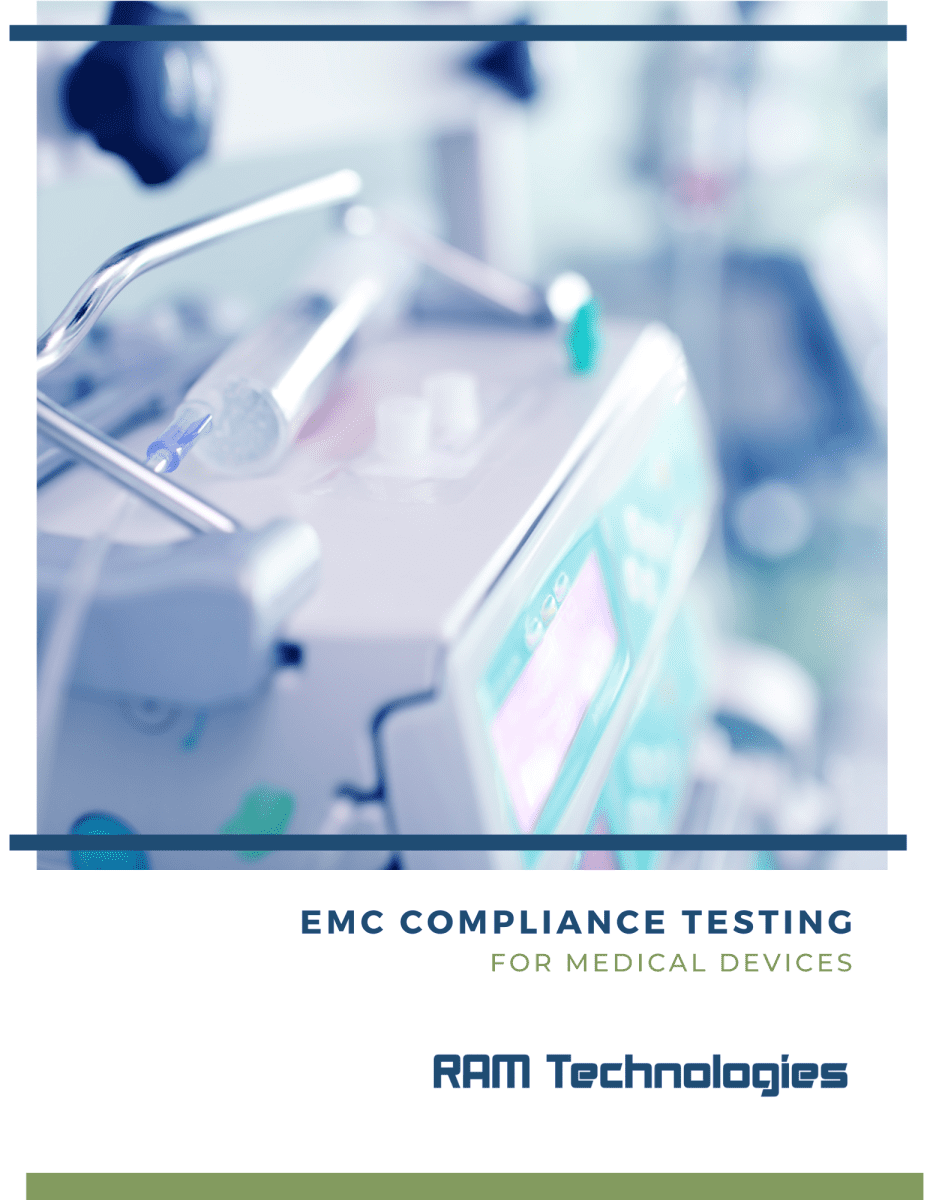EMC Compliance and EN 61000-4-11: What Manufacturers Should Know About Voltage Dips and Short Interruptions
Interruptions to medical equipment, no matter how short, can be detrimental or even dangerous to patients and operators. Safety and reliability are paramount for medical devices, and this is where much of the electromagnetic compatibility (EMC) testing comes in. In this blog, we’ll cover EN 61000-4-11, and what medical device manufacturers should know about testing for voltage dips and short interruptions.
What is EN 61000-4-11?
Medical devices are susceptible to malfunctions during power outages. Voltage drop tests, as administered by EN 61000-4-11, mimic various power fluctuations. Simulating brownouts and blackouts can ensure that these devices can withstand disruptions and continue to function as intended.
Sudden changes in voltage can be either increases or decreases, and they can happen for a short or long time. EN 61000-4-11, also known as IEC 61000-4-11, covers three types of voltage changes:
- Voltage dips: Sudden decreases in voltage, followed by restoration. These can happen through faults in the public mains network.
- Short interruptions: Complete losses in voltage for brief periods, with a drop to 0V.
- Voltage variations: Increases or decreases in voltage that fall outside the normal range. These can be for short or long periods and are caused mainly by varying loads being connected to public mains.
What is the Applicability of EN 61000-4-11?
The IEC 61000-4-11 standard applies to electrical and electronic equipment that doesn’t exceed 16A per phase in rated input current, as applied to connections to 50Hz or 60Hz AC networks. It also doesn’t apply to equipment that connects to DC networks or 400Hz AC networks. This means that the standard applies to a wide array of equipment used in home and office settings, but not for devices that use specialized AC networks or DC power.
Testing for EN 61000-4-11
To test for voltage dips and short interruptions, the equipment under test (EUT) needs to be connected with the shortest specified power cable that can be used for the equipment.
The test levels used in voltage dips are based on the equipment’s rated voltage, or UT. Voltage changes will be sudden and can happen at any point in the mains voltage cycle. Test levels are 0%, 40%, 70%, and 80%, corresponding to residual voltages of 0%, 40%, 70%, and 80%. Which specific test level is used will be determined by the equipment’s corresponding EMC standards, but in general, there are three classes for equipment:
Class 1
Equipment that is very sensitive to power disturbances is generally defined as Class 1. This can include laboratory equipment, computers, and automation systems. Normally, there are protective measures in place in these environments, such as surge suppressors, filters, and uninterruptible power supplies (UPS).
Class 2
Points of common coupling, both in consumer systems and in industrial environments, are covered by Class 2. Because compatibility levels are the same in Class 2 with public networks, equipment that is designed for public use can also be used in this class of industrial equipment.
Class 3
Unlike Class 2, Class 3 applies to specific points for connecting equipment in industrial environments with higher compatibility levels than Class 2 when pertaining to certain types of disturbances. To be considered Class 3, one of the following conditions should apply:
- The load is powered through converters to a significant degree
- The equipment is around welding machines
- The EUT is close to frequently starting large motors
- Loads have rapid variability
There is also a Class X for equipment that doesn’t belong under any other category. The definitions of this class are to be determined by a product committee.
For more information on test setup, test levels, or other standards, check out Academy of EMC.
What to know about EN 61000-4-11 Compliance and PSUSs for Your Medical Device
While RAM Technologies is not directly tested against these EMC standards, our PC-based power supply units are designed and manufactured to meet them. This means that adding our PSUs to your devices will not affect your compliance with the relevant EMC standards.
If you have any questions about the specific EMC compliance of our PSUs, please feel free to contact us. You can also find more information on our downloadable data sheets, which are available on each power supply page.
RAM Technologies’ power supplies are 60601-1 3.2 certified and meet 60601-1-2 EMC standards. When you’re designing your medical device and need help with a PSU, contact us for details.

Download the EMC Summary
The road to putting your medical device on the market includes many steps, including passing all necessary electromagnetic compatibility (EMC) testing. These tests play an essential role in ensuring your device doesn’t emit a significant amount of electromagnetic interference, which could be via conducted or radiated emissions. Download our guide to EMC compliance to learn more about what medical device manufacturers should consider.
More Resources:
Downloadable Guide to IEC 60601-1
EMC Compliance Testing for Medical Devices
EMC Compliance and EN61000-4-4: EFT Level 3
EMC Compliance and EN 61000-4-5: Surge
